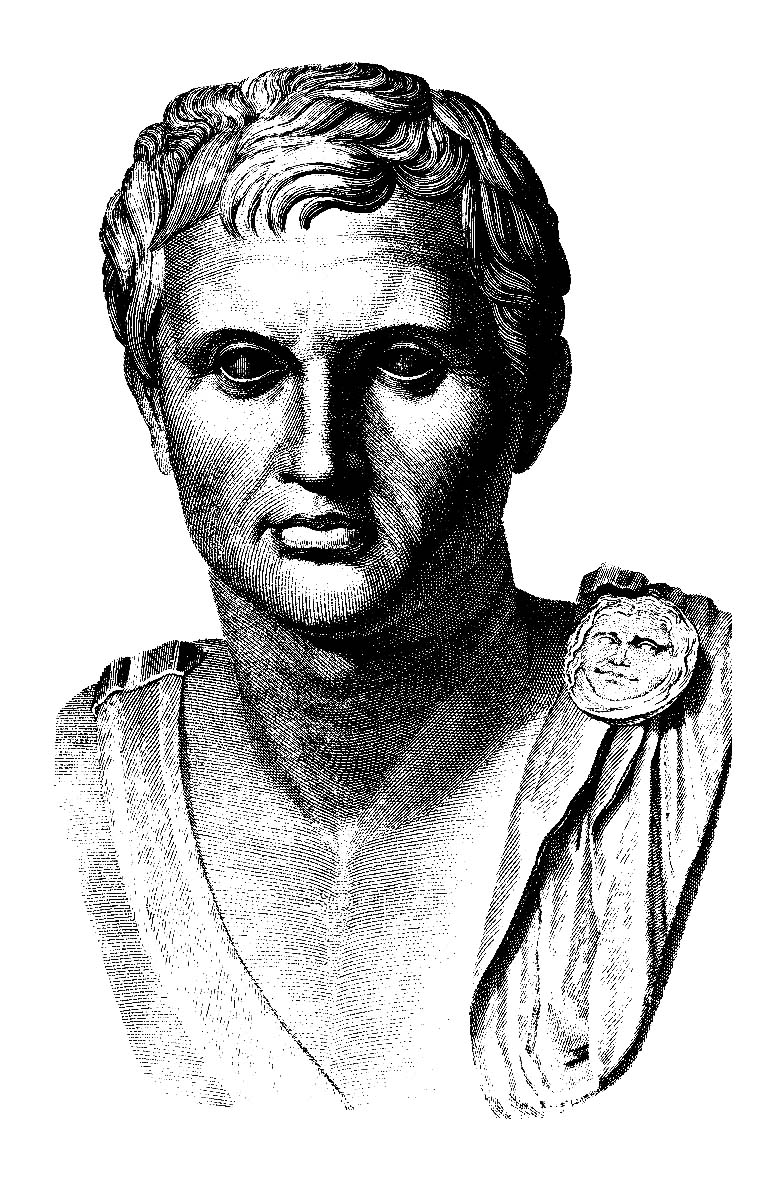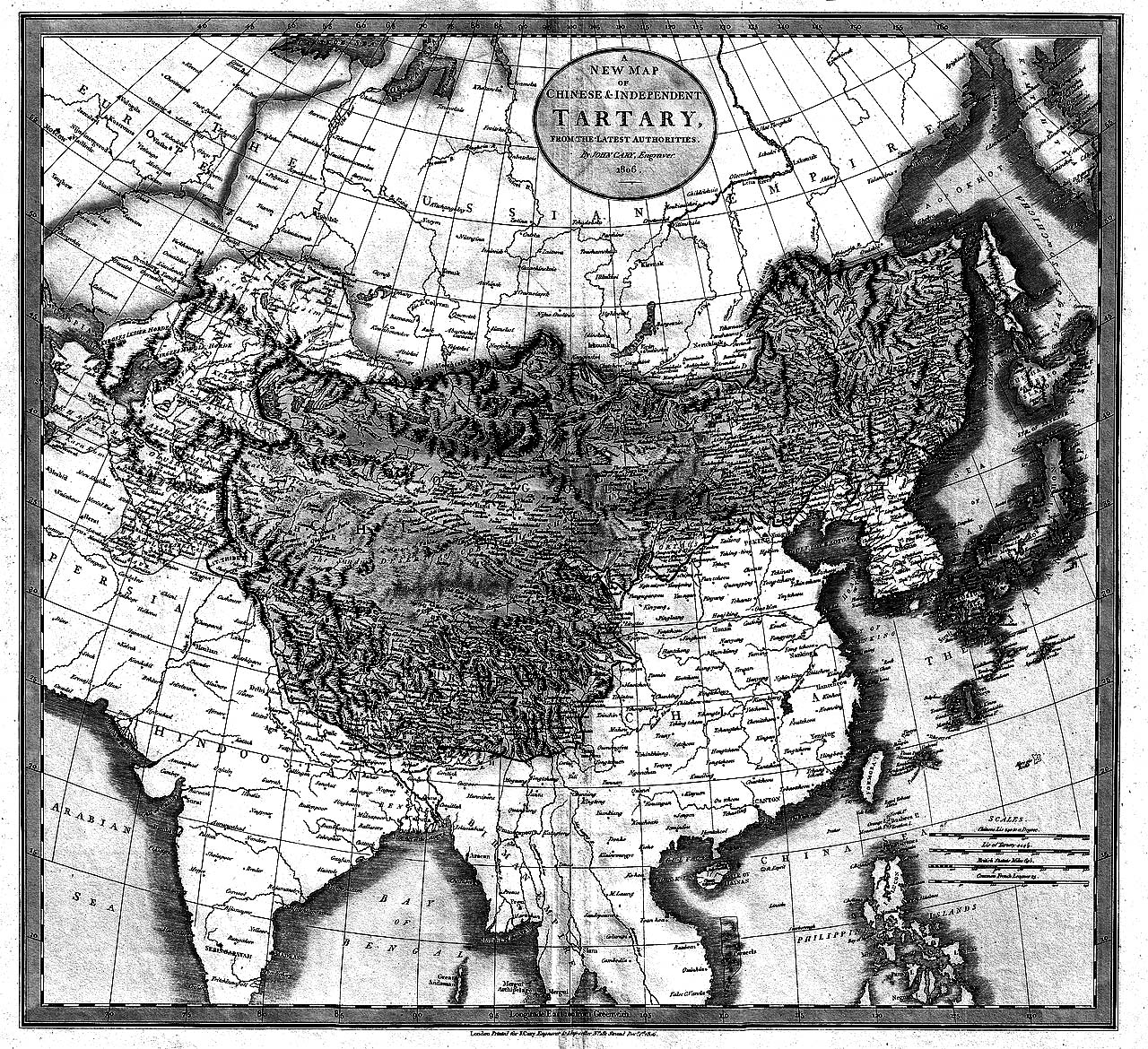
Mud Flood theory notes that there are many buildings across the globe that have unnecessary and unusual foundations. Many modern buildings seem to have foundations that appear to not only be older than the buildings that rest upon them, but these foundations are usually of a more advanced construction. Researchers have begun to put the pieces together and have come to a curious technological time line that doesn't seem to align with the established course of human Advancement that we have been raised on. Mud Flood theory is a relatively new discovery and as such it is a bit of a mess. What I am attempting to do with this multi part story is find a coherent timeline. While perhaps getting to the truth about Mankind's development and answer why this knowledge has been obscured from the general populace.
Pompeii was a roman city named after the last Roman Consul Gnaeus Pompeius Magnus. Located in what is now the commune of Pompeii near Naples in the Campania region of Italy. It was a wealthy town, enjoying many fine public buildings and luxurious private houses with lavish decorations, and, furnishings. Pompeii also boasted a higher level of technology and education than other Roman cities. Sadly Pompeii, along with Herculaneum and many villas in the surrounding area were buried under 13 to 20 feet of volcanic ash and pumice in the eruption of Mount Vesuvius in AD 79. So advanced were the Pompeiians that they spoke a different form of Latin known as "Sermo Vulgari". There is evidence that Pompeii was actively utilizing its geothermic resources to try and take a technological leap before disaster intervened.
The eruption lasted for two days destroying everything in its path. The first phase was a rain of pumice lasting about 18 hours, allowing a large amount of inhabitants to escape. Although disputed the fact that only approximately 1,150 bodies have so far been found on site seems to confirm that most escapees probably managed to salvage some of their most valuable belongings; many skeletons were found with jewelry, coins and silverware indicating a planned and organized evacuation. What the world didnt know was that this mass exodus would spread high level Roman technology to places it had never been observed or expected.

Tartary was a blanket term used by Europeans for the region that encompassed the vast region of the Caucasus, Siberia, Inner Asia, Mongolia and Manchuria, a pristine and wild landscape with few inhabitants in AD 79 when the great volcano erupted. Tartary was full of wild places to take families and start over again after the catastrophe of Pompeii which was likely an accident of early and advanced geothermic experimentation. It is believed that Rome was on the verge of being a steam powered civilization. The theory holds that widespread slavery hindered the need to automate tasks and kept Rome from becoming an industrialized civilization thousands of years before England. A cusp steam powered people could easily make the logical choice to try and harness a resource in their backyard (an active volcano) to their advantage. But for reasons we cant know it would seem that whatever large scale geothermal project the Pompeiians were developing literally exploded in their face and forced a large amount of Roman thinkers and scientists to go elsewhere and start over. If you observe history you can see a strange explosion of influence and technology in the Tartary area only a handful of generations after the disaster at Pompeii. These scattered Pompeiians who had the finest Roman/Greek education would have had to keep a low profile since the current leader of Rome Titus Caesar Vespasianus was probably not happy with the accident and would likely not take well to Roman knowledge being spread to outside kingdoms. Wanting to educate their off spring and better their new found communities the descendants of the Pompeii disaster taught and expanded their knowledge in secret. This underground education network would slowly turn into a secret society that would eventually be known as Free Masonry.

Whatever technological sin the first Pompeiians committed is unknown but there is evidence that the mistake has been reproduced more than once by subsequent generations possibly trying to succeed where the previous generation failed. I will cite three examples of events that were most likely caused by the Pompeiian off spring continuing to experiment with forbidden technology while still in the Tartary region.
1. The Batagaika crater is the greatest known permafrost crater in the world. It is found in the Sakha region of what was once Communist Russia. Its interesting to note that pretty much every history written about the region gives few facts and mostly conjecture as to how it originally formed. The only thing known for certain is that it was discovered in the 60s and that in the modern age several environmental occurrences have caused it to continue to grow. What initially caused the soil to become weak is disputed and unknown. Not surprisingly the location of the giant crater is just on the outskirts of where Pompeii's children first started their new, secret lives. Could it be that the same technology that destroyed Mount Vesuvius was also at play in the Sakha region?

2. The so called Patomskiy "crater" Considered by some to be nothing more than a rock formation is located in the Irkutsk Oblast region of Siberia. It is a large mound made of shattered limestone blocks on the slopes of the Patom Highlands standing 130 feet above the forest it is surrounded by. Being roughly 520 feet round it towers over every natural feature near it. The craters origins have been the subject of intense scientific debate for years. Hypotheses include a meteorite, volcanic activity, or gaseous origin, but to date no definite proof has been given. In 2010, Saint Petersburg Mining Institute held a scientific conference "Patom Crater 2010" which stated that "Since the 2006 expedition by the Institute of Geochemistry (IGC), came to the conclusion that the Patomskiy crater probably originates from unknown geological processes.." The report basically stated that mainstream science cant figure out what it is let alone what it is not. An open mind would notice that the crater bares an interesting reverse indention in contrast to the Batagaika crater. Indicating that perhaps another Pompeiian generation thought they could grasp victory where previous generations failed and met the same fate.
3. The Tunguska event was a massive explosion over the sparsely populated Eastern Siberian Taiga region. It flattened an estimated 80 million trees over an area over 830 square miles. The few surviving eyewitness reports suggest that at least three people may have died in the event. The estimated explosion measured at 5.0 on the Richter magnitude scale, and estimates of its energy have ranged from 3-30 megatons. An explosion of this magnitude would be capable of destroying a large metropolitan area. Since the initial event, there have been an estimated 1,000 scholarly papers published about the "explosion". In 2013, a team of researchers published the results of an analysis of micro-samples from a peat bog near the center of the affected area which show fragments that were so strange they stated that they could be of extraterrestrial origin. The likely truth of this event is that another generation of Pompeiian scientists tried to once again perfect the impossible science of their predecessors and it backfire spectacularly.

The one constant in all of these stories is that technology, as well as the earth and soil of any region that the Tartary lived in would be distorted or destroyed in un-natural ways. Which indicates that the Pompeiian education cult known as the "masons" moved in secret, hand to mouth to the farthest reaches of the earth?
How far did the Tartarian’s secret empire spread? Do they still exist? Why do they continue to hide their technology? How many more disasters did they cause in the pursuit of forbidden technology? Is there an end game or reason for their actions? All these questions can be exposed in the second half of the story.
-- Arthur B. Alexi